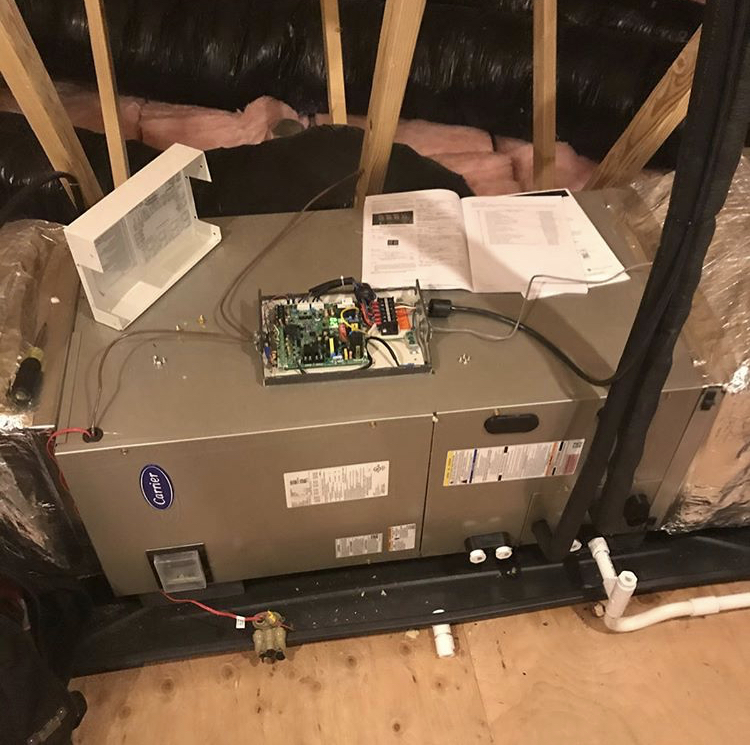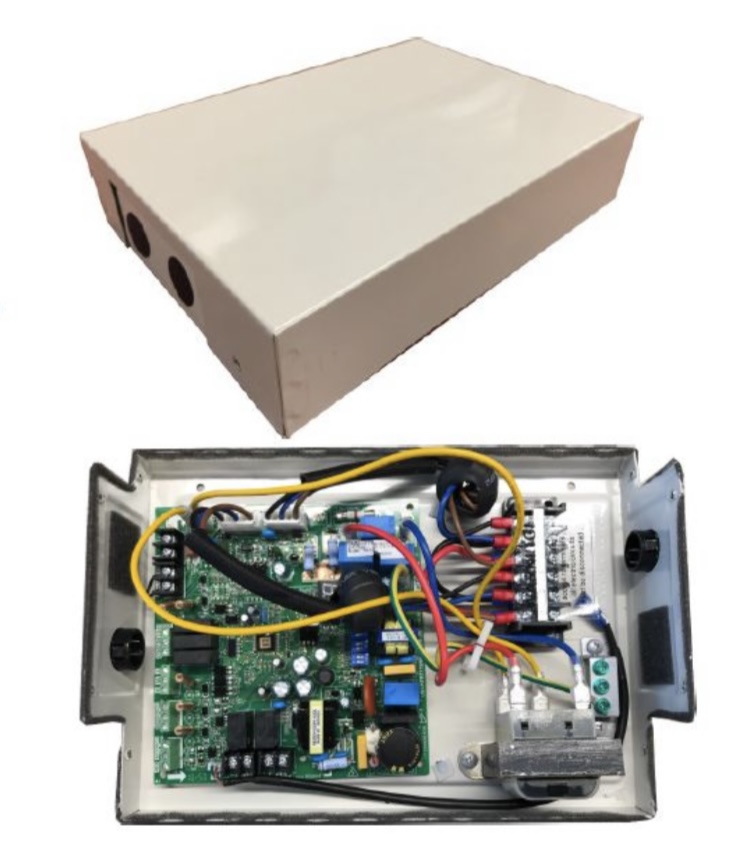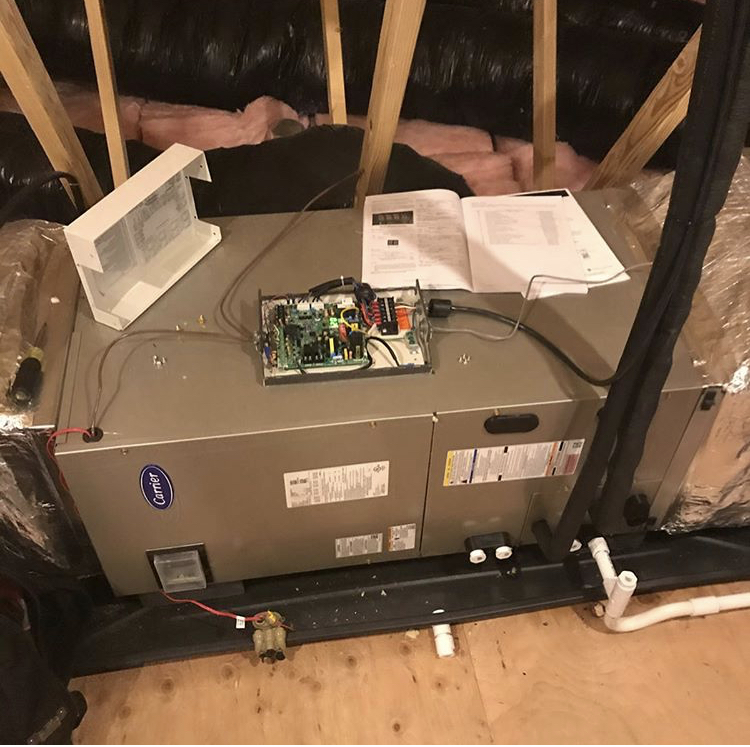As the world gravitates to higher efficient equipment, manufacturers are looking to create solutions that are both effective, but also practical from a monetary standpoint. Inverter technology is becoming more and more the norm, not only for its efficiencies, but also for its performance. However, many homeowners are accustomed to having a central system for both heating and cooling in their homes and current mini-split systems are designed more for individual room comfort vs whole home comfort. One solution that allows for the efficiencies of mini-split systems and combines the existing duct work is referred to as a converged system.
What is a converged system? Basically, it is a system that utilizes a mini-split outdoor heat pump paired with a ducted high efficiency furnace or fan coil. Two manufacturers I know of implementing this technology are Carrier and Daikin. My experience is primarily with Carrier, so I will speak more to their product line.


The main issue with pairing a unitary system with an inverter heat pump is communication. Most unitary systems utilize traditional thermostat wiring (R, C, G, Y, W, O, etc.), while inverters rely on a two-wire communication circuit with line voltage (L1, L2, S). The solution used with Carrier systems is an interface kit. This allows the pairing of unitary and inverter systems and has an added benefit of allowing a customer to use a standard 24v thermostat with a pure mini-split system. The interface kit acts as the middleman, sending data to the outdoor heat pump such as return air (via an installed sensor) for modulation purposes and what mode the system should run based on the input from the thermostat.

When installing these systems, other considerations should be made. With Carrier, because we are using an inverter driven heat pump with an EEV, any indoor TXVs are removed from the system. This mimics a full residential mini-split system where there are no indoor metering devices. Also, as in the case of traditional mini splits, the vapor line (metering device to evaporator) must be fully insulated. Overall, these systems are fairly straightforward to install as long you follow the installation manuals included, especially the interface kit in Carrier’s case. I see these systems being used more in the future, especially given the benefits of efficiency and lower cost point to their true unitary counterparts (i.e. Carrier Infinity Green speed). Daikin Fit already includes high efficiency furnaces in their product line, and Carrier will be following suit in the future.


